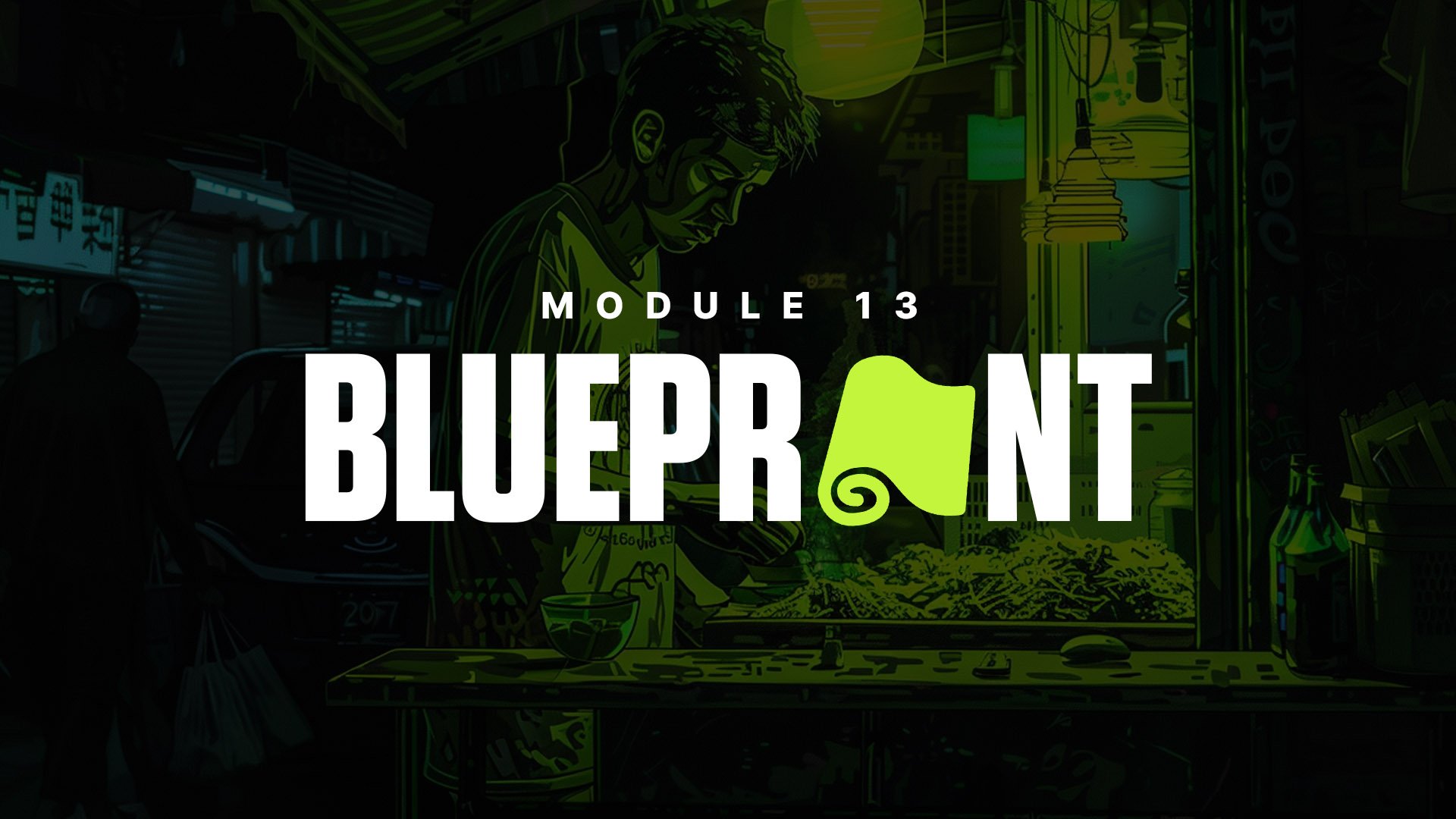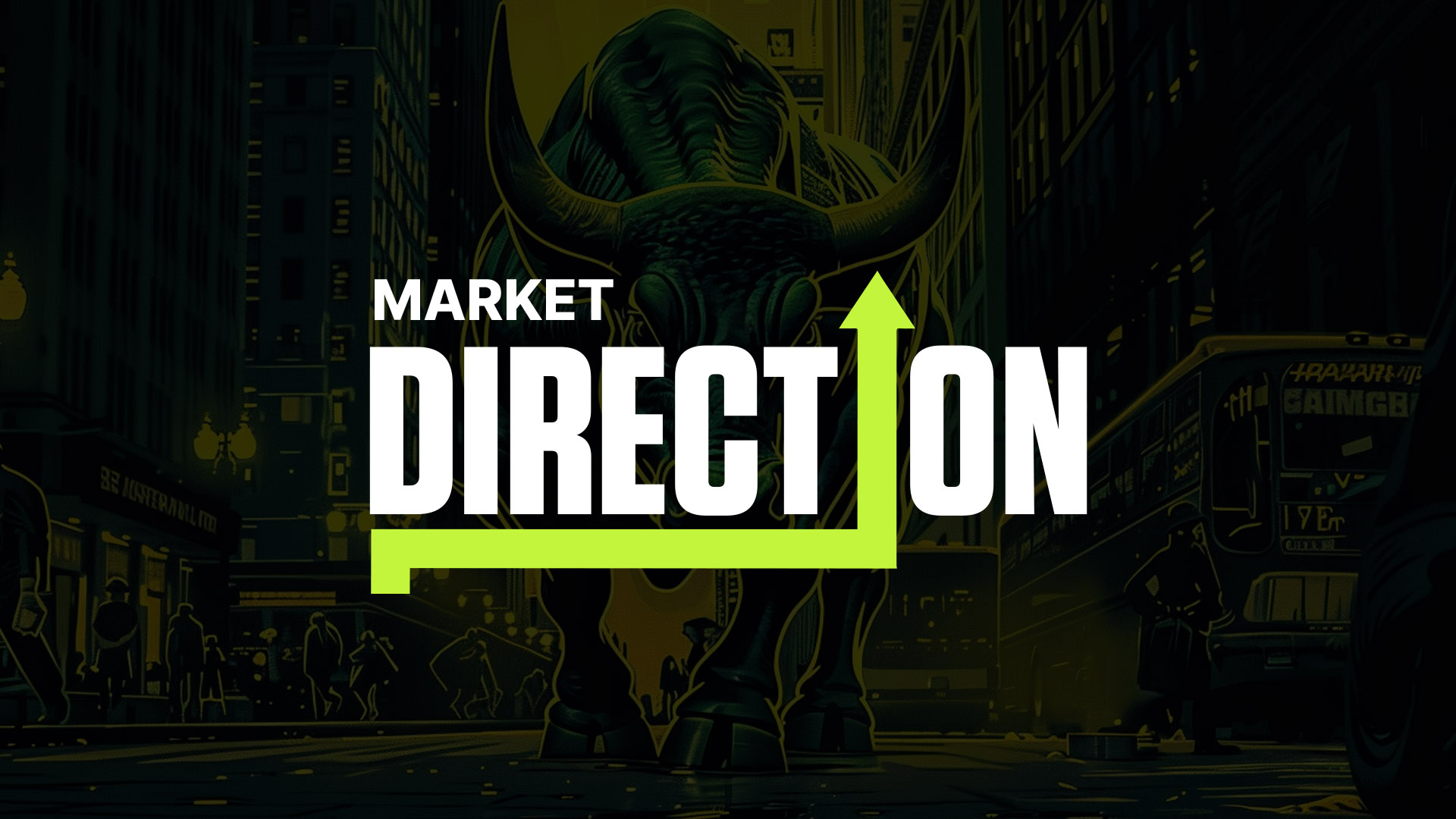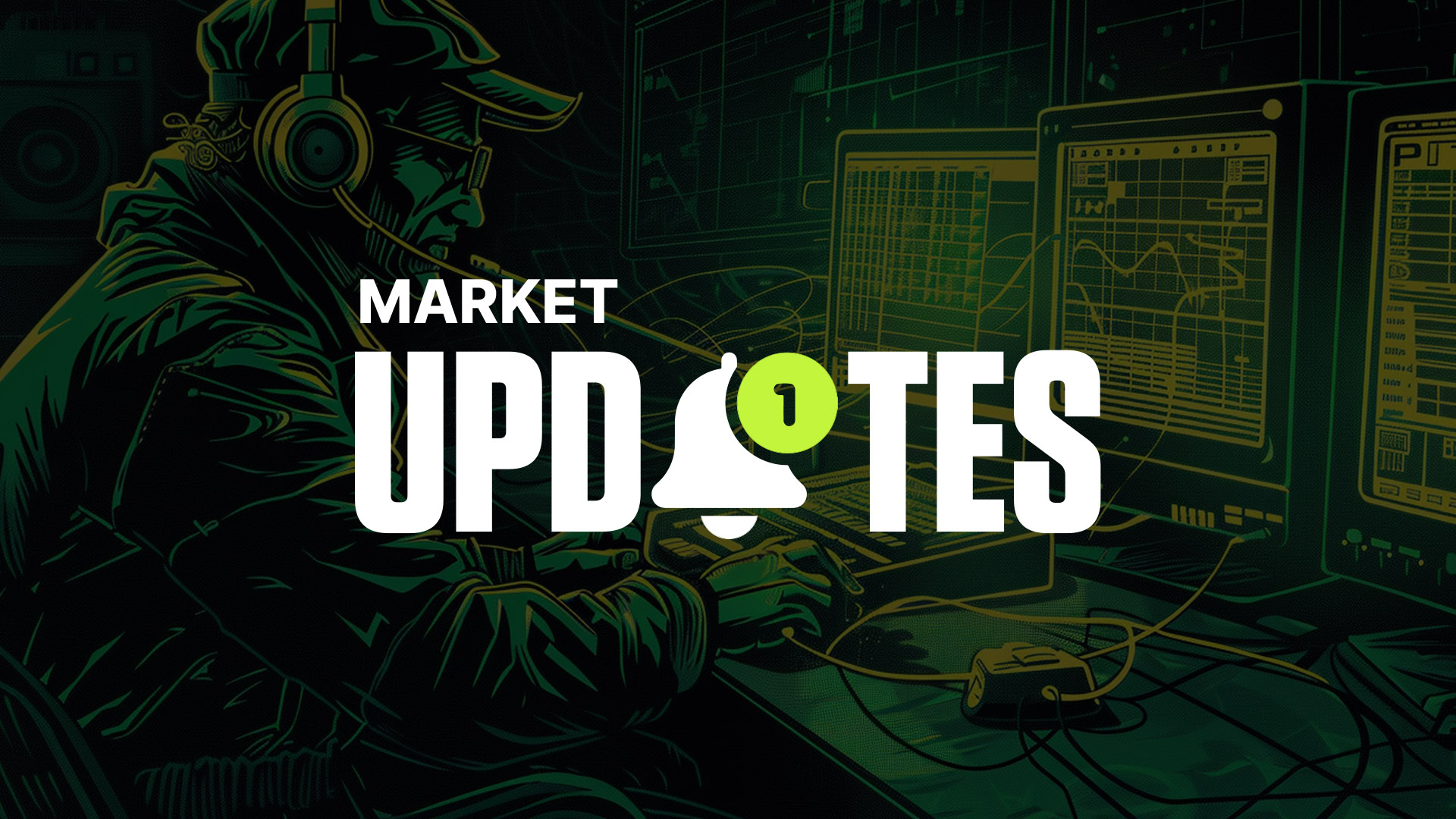Module 13: Web 3
From the static pages of Web 1 to the growth of social media on Web 2, we now explore Web 3, where the fusion of AI and blockchain heralds a new era of internet autonomy and intelligence.

What is Web 3?
Before we talk about Web 3, it’s necessary to have an understanding of Web 1 and Web 2. During the first phase of the internet, Web 1, users were passive consumers of content, which mainly consisted of static web pages. Using Web 1 involved reading rather than creating or writing.The second generation of the internet (Web 2) enabled users to interact with web-based content, which, in turn, fostered socialisation, collaboration and the growth of user-generated content. Web 2 set the stage for creating and sharing responsive content on e-commerce and social media platforms like YouTube, Facebook, Twitter, and Instagram. However, by creating and sharing on these platforms, users gave up their sensitive information.
Web 3 is the next stage of the internet. Originally called the semantic web, it is described as a more open, autonomous and intelligent internet. Web 3 aims to process information with near-human intelligence through the use of artificial intelligence systems and smart contract programmes. An example of an early-stage Web 3 application is Apple’s Siri.
Aside from this, Web 3 aims to resolve the main issue associated with Web 2; the control of centralised organisations over the internet and their collection of users’ sensitive information.
Web 3.0 is open, trustless, and permissionless, offering a new means for people to use the internet without sacrificing privacy. In other words, this new version of the internet is completely decentralised, meaning that no party can limit access to the internet or control the data shared on it - you own your data. Money is also native and permissionless, i.e. Web 3.0 facilitates instant, global access to money. This means that users will no longer need to rely on traditional financial systems that are linked to governments.
Crypto X AI
The intersection of Artificial Intelligence (AI) and blockchain technology marks a revolutionary step in the evolution of digital ecosystems. This rising narrative, marked by the popularity of tools like ChatGPT and Midjourney, has illuminated a new path of technological synergy.Crypto and AI are fundamentally distinct technologies, each on its own unique trajectory. However, a few pioneering protocols have managed to harness the strengths of both these technologies to enable greater security, efficiency, and new capabilities.
The integration of blockchain's secure, immutable ledger with AI's predictive capabilities can significantly enhance data security. AI algorithms can analyse patterns to detect and prevent fraud in real-time, while blockchain ensures the integrity and traceability of transactions.
AI can optimise blockchain operations by automating processes and making intelligent decisions, thus reducing the need for human intervention and making systems more efficient.
The Crypto X AI narrative is still unfolding, with new developments and applications emerging at the intersection of these technologies. As we move forward, the continuous evolution of both AI and blockchain is expected to open up even more possibilities for integration, creating a landscape ripe for innovation, investment, and growth.
What is decentralised social media?
Decentralised Social Networks (DSNs) are a particular type of decentralised application (dApp; see Module 9) that allow users to exchange information as well as publish and distribute content to audiences.DSNs offer an alternative solution to centralised social media platforms like Twitter and Instagram, which are susceptible to censorship, server outages, data breaches and privacy violations.
Because DSNs are hosted on the blockchain, they are censorship resistant, i.e. users cannot be banned or arbitrarily restricted. More specifically, these dApps exist on a peer-to-peer network made up of thousands of nodes (validators) around the world. This means that even if some nodes fail, the network will run uninterrupted, making these applications resistant to failures and outages.
This decentralised structure also means that DSNs are much less vulnerable to attacks compared to centralised apps (however, dApps are not immune to hacks/exploits). In addition, DSNs rely on decentralised storage systems, like the InterPlanetary File System (IPFS), which are considerably better for safeguarding user data. Also, no one will sell your personal information to advertisers on DSNs
What are Decentralised Autonomous Organisations (DAOs)?
A DAO, or Decentralised Autonomous Organisation, is a certain type of organisation that is based on open-source code, more specifically, smart contracts.DAOs are collectively governed by their community members. This means that control is shared among participants. Participants usually use governance tokens to vote on decisions made by the DAO.
The concept of a DAO is an innovative structure, as it enables an entirely new business model where activities can be completed in a completely automated, transparent, and decentralised way. A DAO is as close as a project can get to being a true democracy.
An example is MakerDAO, which manages the Maker Protocol (a borrowing and lending service), as well as two currencies: DAI (a decentralised stablecoin) and MKR (The Maker Protocol’s native token).
MKR holders vote on key decisions regarding the development of each of these projects, as well as the DAO itself. Their voting power is proportional to the number of MKR governance tokens they own, i.e. the more tokens you have, the more influence you have over proposals.
The integration of AI and blockchain within Web 3.0 marks a step towards an internet that is not only more decentralised and secure but also smarter and more innovative. The future awaits.
Continue reading by joining Cryptonary Pro
$997/year
Get everything you need to actively manage your portfolio and stay ahead. Ideal for investors seeking regular guidance and access to tools that help make informed decisions.
For your security, all orders are processed on a secured server.
As a Cryptonary Pro subscriber, you also get:
Success Guarantee, if we don’t outperform the market, you get 100% back, no questions asked
24/7 access to experts with 50+ years’ experience
All of our top token picks for 2025
Our latest memecoins pick with 50X potential
On hand technical analysis on any token of your choice
Weekly livestreams & ask us anything with the team
Daily insights on Macro, Mechanics, and On-chain
Curated list of top upcoming airdrops (free money)
100% Success Money Back Guarantee
If our approach doesn’t outperform the overall crypto market during your subscription, we’ll give you a full refund of your membership. No questions asked. For quarterly and monthly subscribers this is applicable once your subscription runs for 6 consecutive months.
Our track record speaks for itself
With over 2.4M tokens and widespread misinformation in crypto, we cut through the noise and consistently find winning assets.
Our track record speaks for itself
With over 2.4M tokens and widespread misinformation in crypto, we cut
through the noise and consistently find winning assets.
Frequently Asked Questions
Can I trust Cryptonary's calls?
Yes. We've consistently identified winners across multiple cycles. Bitcoin under $1,000, Ethereum under $70, Solana under $10, WIF from $0.003 to $5, PopCat from $0.004 to $2, SPX blasting past $1.70, and our latest pick has already 200X'd since June 2025. Everything is timestamped and public record.
Do I need to be an experienced trader or investor to benefit?
No. When we founded Cryptonary in 2017 the market was new to everyone. We intentionally created content that was easy to understand and actionable. That foundational principle is the crux of Cryptonary. Taking complex ideas and opportunities and presenting them in a way a 10 year old could understand.
What makes Cryptonary different from free crypto content on YouTube or Twitter?
Signal vs noise. We filter out 99.9% of garbage projects, provide data backed analysis, and have a proven track record of finding winners. Not to mention since Cryptonary's inception in 2017 we have never taken investment, sponsorship or partnership. Compare this to pretty much everyone else, no track record, and a long list of partnerships that cloud judgements.
Why is there no trial or refund policy?
We share highly sensitive, time-critical research. Once it's out, it can't be "returned." That's why membership is annual only. Crypto success takes time and commitment. If someone is not willing to invest 12 months into their future, there is no place for them at Cryptonary.
Do I get direct access to the Cryptonary team?
Yes. You will have 24/7 to the team that bought you BTC at $1,000, ETH at $70, and SOL at $10. Through our community chats, live Q&As, and member only channels, you can ask questions and interact directly with the team. Our team has over 50 years of combined experience which you can tap into every single day.
How often is content updated?
Daily. We provide real-time updates, weekly reports, emergency alerts, and live Q&As when the markets move fast. In crypto, the market moves fast, in Cryptonary, we move faster.
How does the success guarantee work?
If our approach to the market doesn’t beat the overall crypto market during your subscription, we’ll give you a full refund of your membership fee. No questions asked. For quarterly and monthly subscribers this is applicable once your subscription runs for 6 consecutive months.


















